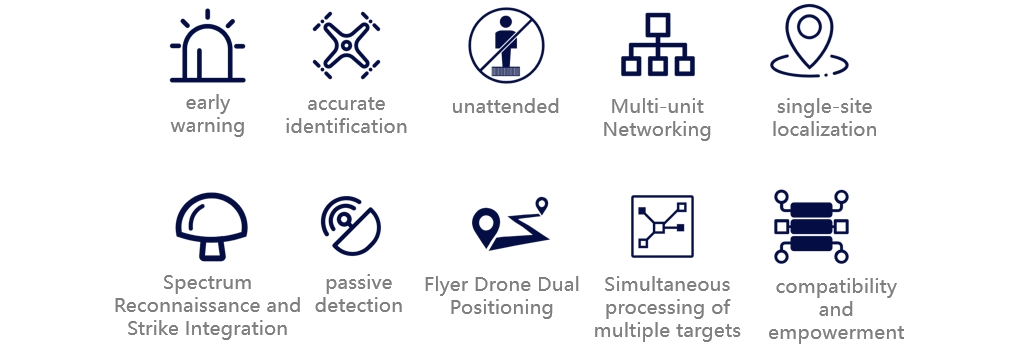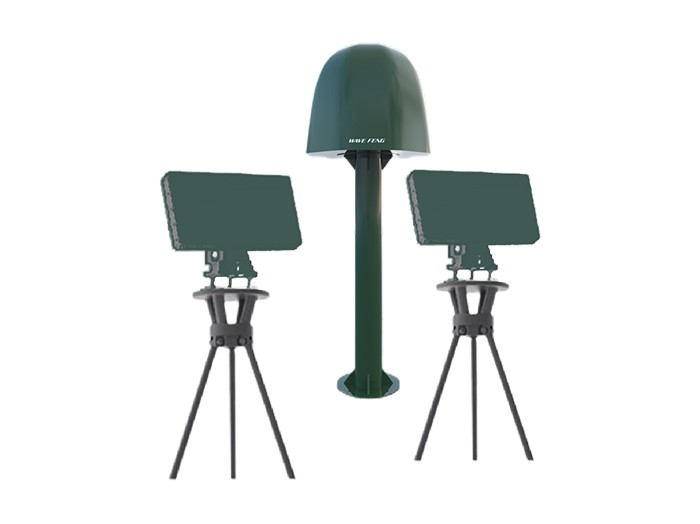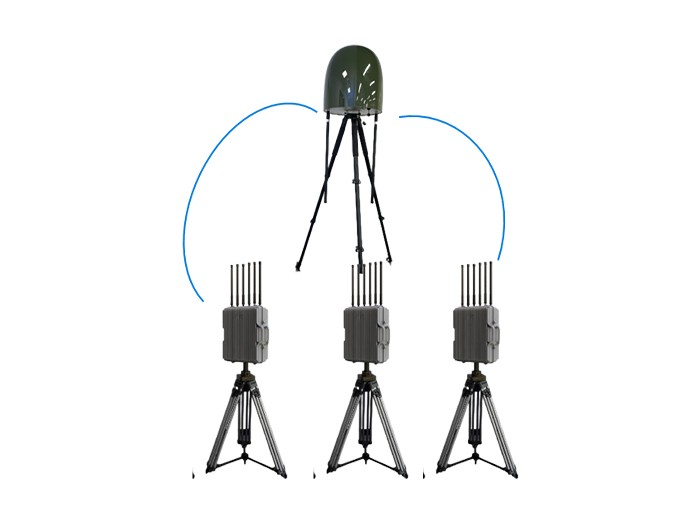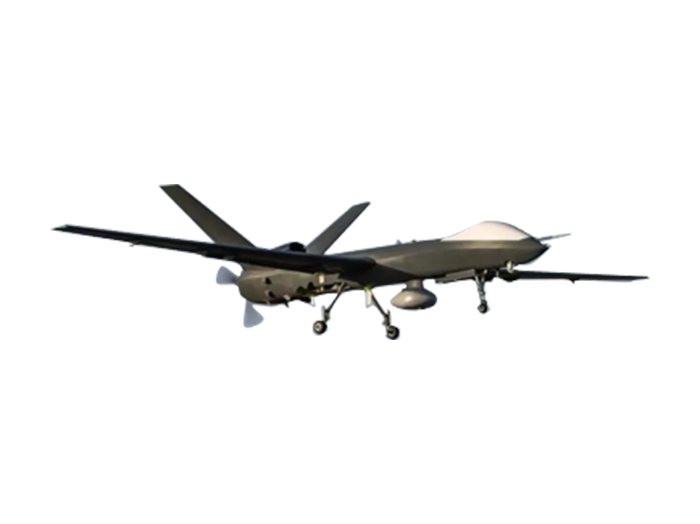Program background

The rapid development and popularization of drone technology has accelerated the emergence of low-altitude drones and drone swarms. The rapid development of micro and small drones, which can carry out mission planning, autonomous navigation, precise positioning and hovering, and which are inexpensive and cheap, has provided new means for terrorist activities and military operations.
demand analysis
There have been a number of international incidents of peacetime drone incursions into core locations
There have been many incidents of trespassing by small drones at core locations and important sites of national importance, such as the Pentagon and the White House in the United States, the nuclear power plant in France, the official residence of the Prime Minister of Japan and Cheong Wa Dae in South Korea, etc.; small drones carrying improvised explosive devices and detection devices have already been pushed by terrorists into the front line of terrorist activities.
There are already operational examples of drone clusters attacking key locations in the international theater of operations
On January 6, 2018, a Russian base in Syria was attacked by a cluster of drones, demonstrating the immense operational power of drone swarm technology, which was a wake-up call for low-altitude defenses in key locations.
On January 10, 2019, Yemen's Houthis used drones to attack the government forces' Anad airbase in the country's southern Lahj province.
Difficulty in countering clusters of small drones
Drones similar to those used to attack Russian bases in Syria are inexpensive, require low technical thresholds, can be purchased in large quantities on the open market, and can be simply modified to carry small explosive devices to carry out fire or suicide attacks against targets, are easy to use on a large scale, and are difficult to detect and intercept.
Overview of Anti-drone Technologies
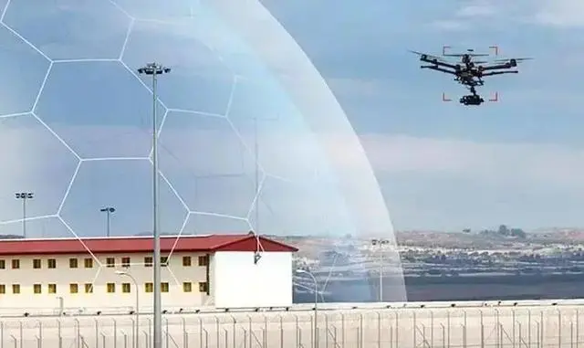
Anti-drone technology is divided into three parts: drone detection and detection, identification, and drone countermeasures.
When someone violates the relevant regulations by controlling a drone to enter a no-fly zone, the drone countermeasures system can intervene through a variety of technical means to ensure that the drone is unable to enter or escape from the no-fly zone.
Detection Comparison
| serial number | technical means | vantages | drawbacks | |
| 1 | radar detection | Real-time monitoring of the location and flight trajectory of the drone, to provide accurate data support for the subsequent response measures, the radio silence of the drone can be detected. | It is easy to be interfered by ground targets, not easy to be distinguished from ground clutter, the target echo is weak, there are false alarms, and the target will be lost if the target is hovering. | |
| 2 | radio-frequency detection | AOA | A detection unit that is easy to deploy, integrated and capable of identifying unknown drones. | Not as accurate as radar detection, not as accurate as detection models |
| TDOA | Multiple detection units to accurately locate drones and sense movement trajectories | Relatively complex and expensive to deploy | ||
| 3 | ||||
| radio protocol cracking | Through in-depth spectral analysis and feature recognition of UAV signals, real-time monitoring of multi-dimensional information such as serial number, model, location, speed, altitude, trajectory, and flyer's position of UAVs within the detection range can be realized by a single machine. | Can only crack some of DJI's drones | ||
| 4 | ||||
| 5 | photoelectric detection | Real-time images of drones can be obtained, making it easier for staff to identify and dispose of them. | Highly affected by weather, poor results in foggy and sheltered conditions | |
Countermeasures Comparison
| serial number | technical means | vantages | drawbacks |
| 1 | soft-kill net interdiction | Minimal secondary disasters | Not easy to operate, limited net bomb capacity, limited distance of action, low success rate. |
| 2 | Laser cannon destroyed | physical burnout | Expensive, large, heavy, not easily deployable, high energy required to burn the entire unmanned aircraft, and the target can still fly if it doesn't hit the vitals. |
| 3 | GPS decoys | Precise entrapment, broad compatibility, covert operation | Effective on normal navigation signals, not effective on non-GPS navigated drones |
| 4 | radio interference | Effective against the vast majority of drones, while countermeasures long range, can be simultaneously countermeasures against multiple targets, reusable, low cost of use. | Impact on the surrounding electromagnetic environment |
Anti-drone program for critical sites

Based on the demand analysis, the solution is to use Spectrum Reconnaissance and Strike Integration passive detection (message parsing and localization), radar active detection, optoelectronic tracking, detection and Strike Integration full-frequency band detection, full-frequency band directional jamming countermeasures, navigation deception equipment, a variety of means of detection, a variety of countermeasures multi-modal fusion, to give full play to their respective strengths, and to establish a set of scientifically effective unmanned aircraft countermeasures system.
The solution consists of front-end radar detection, optoelectronic tracking and radio spectrum detectors (for detection, identification and localization of early warning), linked intelligent signal countermeasures or signal deception (forcing away and forced landing), and a back-end control platform (for monitoring and control of the whole process).
It can realize location detection and warning for UAV targets within 5000m radius of the periphery, and directional forced landing as well as strike for UAV targets within 1000m radius of the core area.
Diagram of Anti-drone Program Components
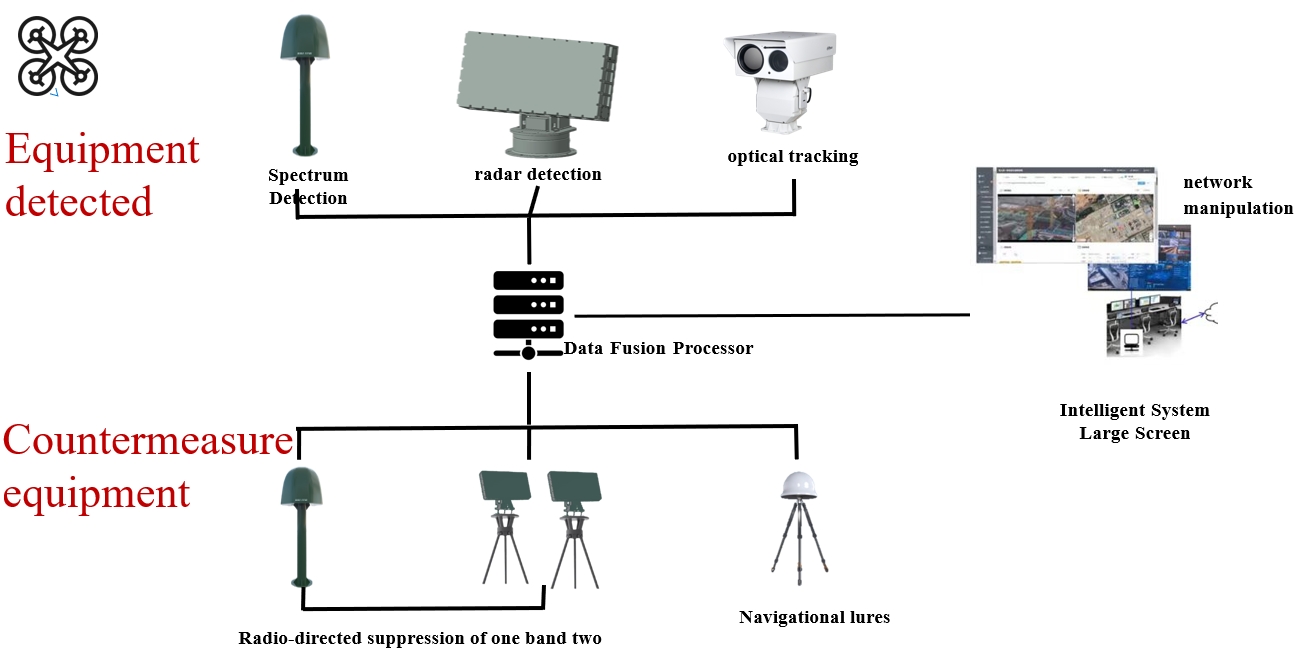
Equipment Function Introduction
Radio spectrum detection captures, recognizes and locates the signals of illegally intruding drones in the target area by automatically receiving the radio signals between the drones and the remote control device, and it can recognize unknown drones, especially assembled drones.
The radar detection has the ability to detect a variety of aircraft such as quadcopter drones, fixed-wing drones, aeromodels, homemade assemblers and so on. This product has the ability to detect multiple targets and complex urban environments.
The photoelectric tracking realizes the functions of confirming, identifying, locking and tracking the target, and at the same time in linkage with other equipment.
UAV navigation deception function by interfering or deceiving the UAV's navigation system to make it deviate from the scheduled route.
Radio Interference Countermeasure conducts electromagnetic interference strikes against illegally invading UAV targets, forcing the UAV to return to its original route or hover and land in place.
Anti-UAV solution composition diagram
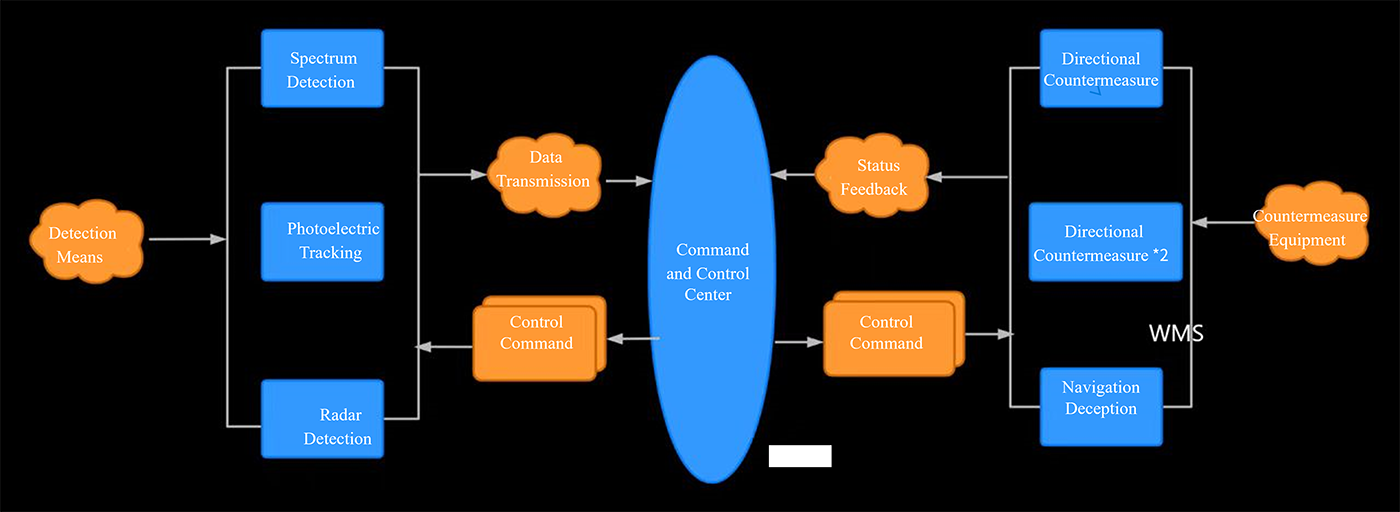
Technological Advantages
F60 Spectrum Reconnaissance and Strike Integration is a high-speed radio intelligent spectrum technology system that can detect and identify all conventional (including military drones) UAVs, a single unit can complete the full-band (9kHz -8.5GHz) detection and positioning in 18 seconds, and if three units are grouped together in a network, it can realize the full-band detection and positioning in 6 seconds, and the special design of the countermeasures is suitable for military applications.
Capable of detecting most drones such as DJI, DaoTong, FPV, assembly drones, some military drones and so on;
Detection and fight in one, integrated protocol parsing module;
Passive passive detection, 360° omni-directional, 9kHz -8.5GHz ultra-wide spectrum detection range;
With the ability of autonomous learning to recognize unknown UAVs, can record the signal characteristics of UAVs in flight.
Including standardized broadband mapping and frequency hopping mapping industrial drones, consumer drones, patented design.
AOA single station identification and localization drone;
Special countermeasure design, countermeasure frequency band covers the whole frequency band of 300MHz-6.35GHz.
Product Advantages
Loyalty, Innovation, Openness and Efficiency
Full-band detection Real-time processing bandwidth 100MHz*2
single unit 18 seconds to complete the full-band (9 kHz - 8.5 GHz) detection and positioning
Full-band countermeasures
One Belt Two's form of countermeasures covers full-band strikes
Autonomous Learning Drone Signal Characterization
recognizes unknown drones without relying on model libraries
Intelligent Electromagnetic Situational Awareness
unique patented design of smart gain and reference level
Whitelist function
does not counteract whitelisted drones in unmanned
Airborne drone signal characterization
Unknown UAV models added directly to database in detection
Additional Highlights
Loyalty, Innovation, Openness and Efficiency
